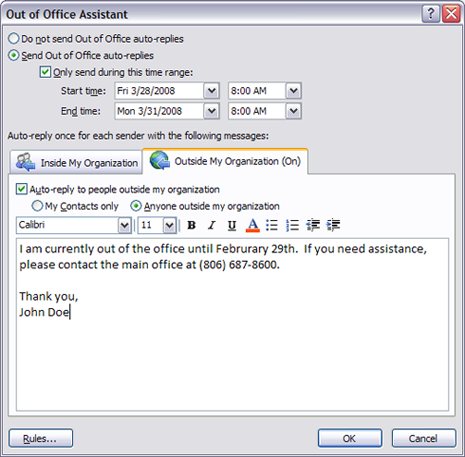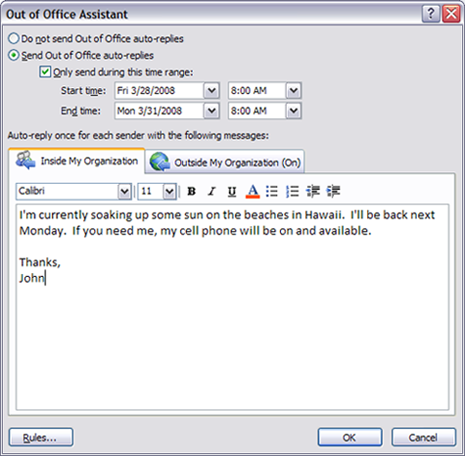When opening an attachment directly from within Outlook you could get an error message saying that it can’t create the file and to that you need check the permissions on the folder you want to save it in. In most cases the permissions on the folder isn’t the issue but the fact that the folder is “full”. When you open an attachment directly from within Outlook it will first save a copy to a subfolder of the Temporary Internet Files folder. Cleaning out the folder will solve the issue.
How to Empty Outlook Secure Temp folder
The subfolder name Outlook creates (on installation of Outlook) in the Temporary Internet Files folder is quite random. In Outlook 2003 and previous, the name starts with OLK and is followed by up to 4 random numbers or letters. In Outlook 2007 and Outlook 2010, this folder is called Content.Outlook and then has a subfolder which is named with 8 random numbers and letters. Getting to the Temporary Outlook Folder can still be accomplished in 2 easy steps though. [more]
Step 1: Locate the folder
The folder location is stored in the registry in the following key;
• Outlook 97
HKEY_CURRENT_USER\Software\Microsoft\Office\8.0\Outlook\Security
• Outlook 98
HKEY_CURRENT_USER\Software\Microsoft\Office\8.5\Outlook\Security
• Outlook 2000
HKEY_CURRENT_USER\Software\Microsoft\Office\9.0\Outlook\Security
• Outlook 2002/XP
HKEY_CURRENT_USER\Software\Microsoft\Office\10.0\Outlook\Security
• Outlook 2003
HKEY_CURRENT_USER\Software\Microsoft\Office\11.0\Outlook\Security
• Outlook 2007
HKEY_CURRENT_USER\Software\Microsoft\Office\12.0\Outlook\Security
• Outlook 2010
HKEY_CURRENT_USER\Software\Microsoft\Office\14.0\Outlook\Security
Step 2: Get to the folder and delete content
1. Open the OutlookSecureTempFolder registry key from the location provided in Step 1.
2. Copy the path from the key.
3. Open Explorer.
4. Paste the address in the Address Bar and press Enter.
5. Delete the content of the Outlook Secure Temp Folder.


